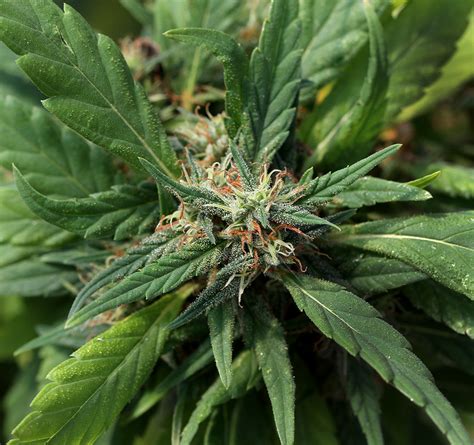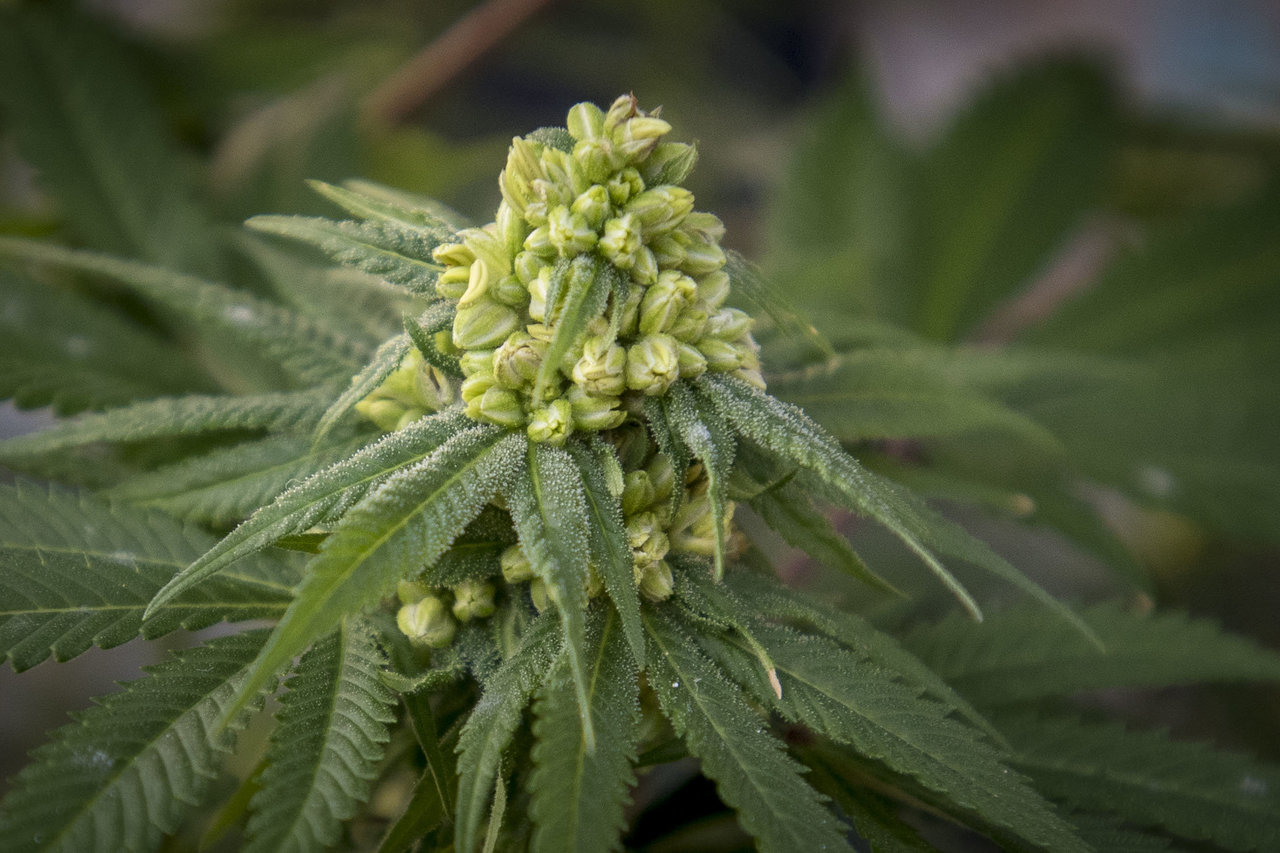In the rolling fields of America’s heartland, where soil whispers secrets of seasons past, industrial hemp is staging a quiet revolution. Once vilified and outlawed for decades, this versatile plant—*Cannabis sativa* subsp. *sativa*—is now blooming into a multibillion-dollar powerhouse. As of 2025, the global industrial hemp market stands at approximately $8.55 billion, up from $7.12 billion the previous year, with projections soaring to $31.81 billion by 2032 at a compound annual growth rate of over 20%. This surge isn’t just numbers on a spreadsheet; it’s a testament to hemp’s chameleon-like adaptability, transforming into everything from eco-friendly textiles and bioplastics to nutrient-rich animal feed and carbon-sequestering construction materials like hempcrete. Yet, amid this green rush, a shadow looms: the risk of corporate consolidation swallowing small-scale dreams. Keeping hemp local isn’t a nostalgic whim—it’s a strategic imperative for economic resilience, environmental harmony, and cultural continuity. By harnessing community-driven solutions, we can reform policies and fortify industry integrity, ensuring that the profits plow back into the very earth that nurtures them.
Unearthing the Green Gold: Hemp’s Local Legacy
Hemp’s story in America is as old as the Declaration of Independence, penned on hemp paper, but its modern revival traces to the 2018 Farm Bill, which legalized cultivation under strict THC limits. Today, local production isn’t just viable—it’s vital. Unlike imported hemp, often shipped across oceans with a hefty carbon footprint, domestically grown varieties slash emissions by up to 80% through reduced transportation, fostering a circular economy where waste becomes wealth. Picture a Kentucky farmstead where hemp fibers spin into ropes stronger than steel, or Colorado fields yielding seeds packed with omega-3s that outshine flax. These aren’t hypotheticals; they’re realities powering rural revitalization.
The economic ripple is profound. In regions like the Midwest, where traditional crops falter under climate pressures, hemp thrives in diverse soils, growing up to 15 feet in a single season and naturally suppressing weeds without herbicides. This weed-choking prowess cuts chemical use by 50-70%, safeguarding pollinators and waterways. For farmers, the payoff is immediate: U.S. hemp yields can fetch $200-500 per acre for fiber alone, injecting vitality into communities where one in five farms teeters on bankruptcy. Hemp Local initiatives amplify this by prioritizing farm-to-table supply chains, keeping dollars circulating locally rather than funneling them overseas. In states like Oregon and Pennsylvania, community-supported agriculture (CSA) models for hemp have boosted household incomes by 15-20%, turning fields into fortresses of food security and fiber innovation.
Beyond bucks, hemp’s legacy is ecological alchemy. It sequesters 10-15 tons of CO2 per hectare annually—more than forests—while rehabilitating depleted soils through deep roots that aerate and enrich. Local growers, attuned to microclimates, pioneer regenerative techniques like cover cropping and no-till farming, enhancing biodiversity by 30% in trial plots. This isn’t corporate greenwashing; it’s grassroots guardianship, where elders pass down seed-saving lore to youth, weaving hemp into the cultural fabric of indigenous and settler alike.
Weeds in the Garden: Challenges Facing Small Producers
Yet, paradise has its thorns. The hemp boom has invited a thicket of troubles for small producers. Regulatory fog persists post-Farm Bill, with states imposing patchwork rules that burden beginners with compliance costs exceeding $10,000 annually. Imported hemp floods markets at undercut prices—often 20-30% cheaper due to lax overseas standards—eroding local edges. In 2024, U.S. imports hit 60% of supply, diluting incentives for domestic investment. Bad actors exploit this haze, peddling adulterated products that tarnish trust and invite crackdowns.
Genetics add grit: unreliable seeds lead to 25% crop failures, as noted in Purdue University reports, while processing infrastructure lags, forcing farmers to truck harvests hundreds of miles. Organic aspirants face steeper hurdles; a 2025 survey of 140 growers revealed that 40% cite certification barriers as top deterrents. Corporate lobbies, eyeing the $30 billion prize by 2029, push for deregulation that favors mega-farms, sidelining the 80% of producers who operate under 50 acres. These weeds choke innovation, widening urban-rural divides and risking a monopoly where distant boardrooms dictate dirt-under-nails decisions.
Roots of Resistance: Community-Led Initiatives
Enter the rebels with rakes: communities are tilling their own path. Farmer cooperatives, numbering over 200 nationwide, pool resources—tractors, decorticators, even marketing savvy—to slash startup costs by 40%. In North Carolina’s Piedmont, the Hemp Farmers Alliance shares storage silos and bulk contracts, turning solo struggles into symphony. Regional alliances bloom too, branding “Hemp Local” lines that command 15% premiums for transparency.
Mutual aid networks sprout like spring shoots. When floods felled crops in Iowa last year, peer-to-peer funds raised $150,000, blending cash with knowledge swaps on resilient varieties. Youth programs, like those in Vermont’s hemp hubs, train 500 apprentices annually, fusing tech with tradition—drones for precision planting meet ancestral retting rituals. Hemp Online platforms democratize sales, linking wholesalers directly to artisans via blockchain-tracked chains, ensuring every thread traces home. These Hemp Wholesale collectives negotiate fair terms, stabilizing prices amid volatility.
Such initiatives aren’t isolated; they’re interconnected webs. In California, BIPOC-led groups advocate for equitable access, reclaiming hemp’s heritage from marginalized growers disproportionately jailed during prohibition. By fostering peer learning, these roots resist erosion, proving community is the ultimate amendment.

Pruning the Policies: Pathways to Reform
Policy must bend to this momentum. Tiered licensing—fees scaled from $100 for micro-farms to $5,000 for industrials—levels the field, prioritizing locals via residency mandates. Publicly funded labs, as piloted in Colorado, cut testing fees by 60%, while regional hubs subsidize processing, trimming transport emissions. Farmer-led research grants, totaling $20 million federally in 2025, fuel genetics tailored to terroir, boosting yields 25%.
Advocacy amplifies: Coalitions like the National Hemp Association lobby for Farm Bill tweaks, embedding community input in USDA frameworks. States like New York integrate reinvestment clauses, channeling cannabis taxes to hemp equity programs. These reforms aren’t radical; they’re restorative, pruning excess to let local vines flourish.
Harvesting Honesty: Safeguarding Industry Integrity
Integrity is the scythe that separates chaff from grain. Blockchain and QR codes on Hemp Local products verify origins, curbing fraud that plagued 15% of 2024 sales. Community oversight boards audit co-ops, enforcing regenerative standards that capture 12 tons of carbon per acre. Hemp Wholesale pacts mandate third-party testing, weeding out contaminants and building consumer faith—vital as 70% of buyers prioritize sustainability.
Challenges persist: hazy THC rules spark lawsuits, but solutions like standardized assays promise clarity. By embedding ethics in every link—from seed to shelf—communities harvest not just crops, but credibility.
Sowing Seeds for Tomorrow: A Visionary Outlook
Envision fields where hemp hedges against hunger and heatwaves, powering a $46 billion economy by 2032 that lifts 1 million rural jobs. Hemp Online marketplaces connect global niches to local niches, while Hemp Wholesale empires stay humbly rooted. This future demands vigilance: organize town halls, seed policy petitions, nurture the next tillers.
In the end, keeping hemp local is a pact with the planet and people—a verdant vow that what grows from the ground returns to it, enriched. As one farmer quips, “Hemp doesn’t just feed the soil; it feeds the soul.” Let’s cultivate that legacy, one community at a time.
In a world craving sustainable innovation, NanoHempTechLabs pioneers nano-enhanced hemp solutions— from potent CBD isolates to eco-textiles and bio-plastics—that keep profits rooted in communities. Drawing from the hemp renaissance, our products slash carbon footprints by 80%, boost yields 25%, and ensure unbreakable integrity through blockchain traceability. As global markets surge to $31B by 2032, partner with us for premium wholesale margins: resilient genetics, regenerative fibers, and community-backed quality that outshines imports.
Elevate your supply chain—schedule a call today at nanohemptechlabs.com/call to explore exclusive deals and co-op synergies. Let’s grow together!
Reference:
- Adesina, I., Bhowmik, A., Sharma, H., & Shahbazi, A. (2020). A review on the current state of knowledge of growing conditions, agronomic soil health practices and utilities of hemp in the united states. Agriculture, 10(4), 129. https://doi.org/10.3390/agriculture10040129
- Das, L., Li, W., Dodge, L., Stevens, J., Williams, D., Hu, H., … & Shi, J. (2020). Comparative evaluation of industrial hemp cultivars: agronomical practices, feedstock characterization, and potential for biofuels and bioproducts. Acs Sustainable Chemistry & Engineering, 8(16), 6200-6210. https://doi.org/10.1021/acssuschemeng.9b06145
- Deng, G., Du, G., Yang, Y., Bao, Y., & Liu, F. (2019). Planting density and fertilization evidently influence the fiber yield of hemp (cannabis sativa l.). Agronomy, 9(7), 368. https://doi.org/10.3390/agronomy9070368





